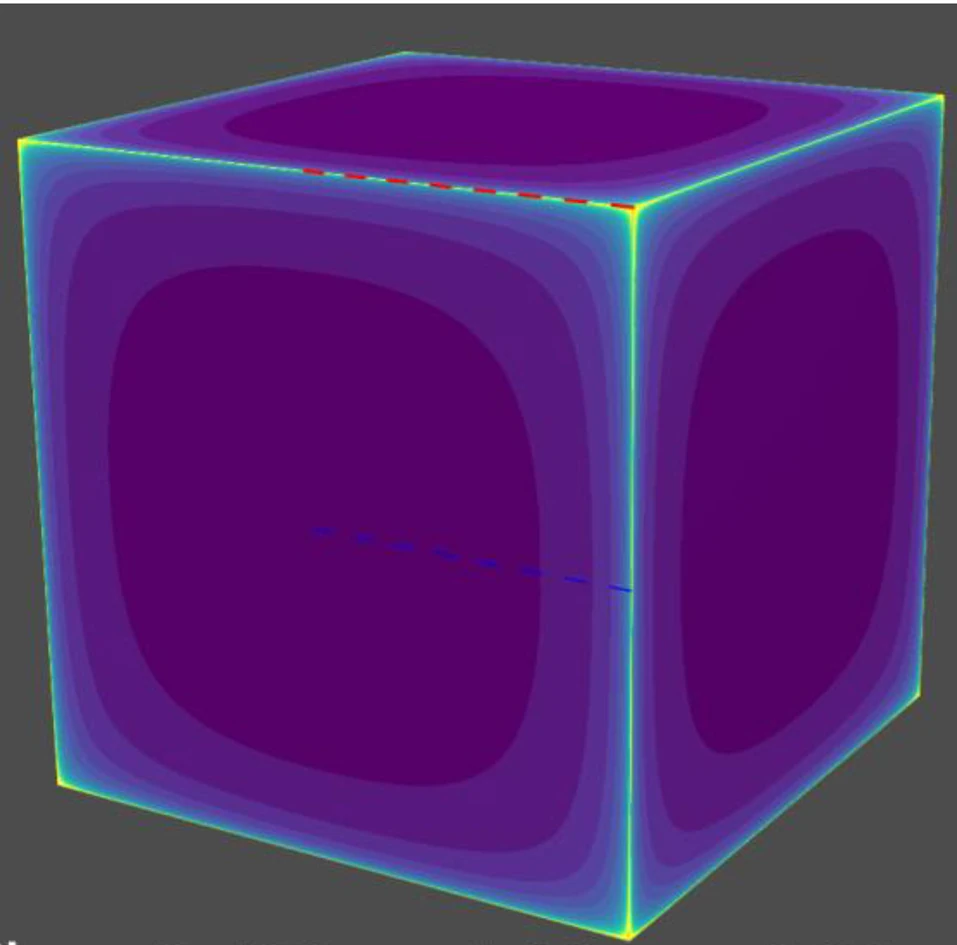Energy and Electrocatalysis
Globally fossil fuels still provide 84% of our energy;[1] decarbonisation of electricity generation and increased electrification of use must be achieved.

As a scientific discipline Electrochemistry is at the centre of the green revolution. From batteries and solar cells, to the production of clean fuels such as hydrogen; interfacial electron transfer reactions are a fundamental part of many energy conversion technologies. No one technology will solve our green energy crisis but there's no doubt that electrochemistry will be a major contributor to the future of our planet. Here in the McAuley group we take a bottom-up approach to understanding this important class of reactions: working on the theory of electron transfer and mass transport, studying reactions at the nanoscale and determining how best to evaluate the efficiency of an electrocatalytic process.
Reactions at the Single Particle Scale
Why study reactions at the single particle scale? Most commonly, when investigating the properties of a new nano material the response of millions of particles are studied simultaneously. This can give us information about the total or average response of the material, but it does not give us insight into the inherent heterogeneity in the sample. Are some particles more active than others? Over the last decade a new technique has been developed in which the electrochemical response of individual nanoparticles can be addressed. Here a micron-sized electrode is submerged into a solution containing a nanoparticle suspension; if a suitably oxidising or reducing potential is held on the electrode, when a nanoparticle randomly makes electrical contact with an interface then a reaction can be induced to occur at the particle surface.[2] The resulting current can be measured and gives a direct measure of the rate of the reaction at the interface. With the use and development of low noise electronics then the detection of only zeptomoles of material is possible using this technique.[3]
References
[1]International Energy Agency
,
Accessed 2022 IEA Sankey Diagram
[2]Sokolov, S.V. and Eloul, S. and Kätelhön, E. and Batchelor-McAuley, C. and Compton, R.G.
Electrode--particle impacts: a users guide,
Physical Chemistry Chemical Physics 2017
[3]Batchelor-Mcauley, C. and Ellison, J. and Tschulik, K. and Hurst, P.L. and Boldt, R. and Compton, R.G.
In situ nanoparticle sizing with zeptomole sensitivity,
Analyst 2015
View Article »
[4]Wong, R. and Batchelor-Mcauley, C. and Yang, M. and Compton, R.G.
Electrochemical Heterogeneity at the Nanoscale: Diffusion to Partially Active Nanocubes,
Journal of Physical Chemistry Letters 2022
View Article »